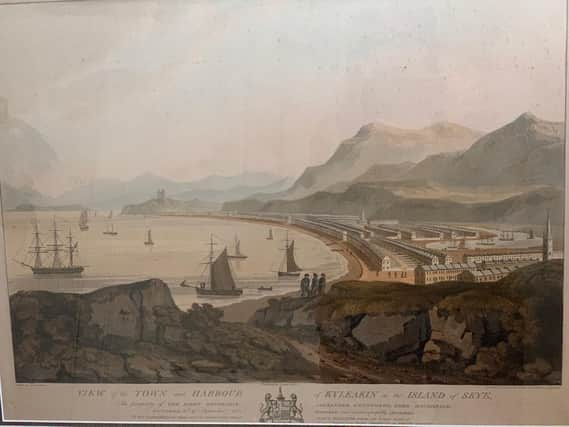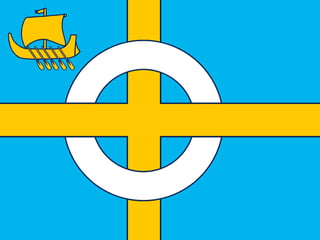Uncovered: The plan to build 'New Liverpool' on a Scottish island


Kyleakin on the east coast of Skye was set to become an industrial and commercial powerhouse in the early 19th Century, with grandiose plans drawn up for a model town that was to buzz with visitors, traders, sailors, a booming population and plenty of money.
Clan Chief Lord Macdonald, of Armadale Castle, unveiled his concept to the world in 1811 with detailed proposals put on display around the country two years later.
Advertisement
Hide AdAdvertisement
Hide AdHe spoke of great commercial advantages for the islands, as well as the west coast of the mainland, that the dawn of New Liverpool would bring. Trade with the Baltics, mainly in herring, would prosper and the fine anchorage would welcome boats of all classes.
“He is determined to give every encouragement in his power towards the accomplishment of this important project,” a newspaper report in the Caledonian Mercury in July 1813 said.
It added: “A plan of a town has been prepared, the streets lined off and elevations of houses for different classes of people have been made out.”
Lord Macdonald hired architect James Gillespie Graham, the popular architect of the day behind many a grand country house and Scots Gothic revival church, to design New Liverpool.


A painting of the proposed towns shows 15th Century Castle Moil standing firm to the east of the village, with lines of terraced houses and industrial buildings curving around the bay.
Kyleakin’s population is today around 300 but it appears as if many thousands were destined to live there under Lord Macdonald’s vision.
The report added: “The intended site of this town is beautifully picturesque, the harbour is extensive, and one of the most secure in the kingdom.
“The excellence of the anchoring ground is well known to all mariners; the beach is entirely clear of rock and the water so deep that vessels of 500 tonnes might ride in safety within 50 yards of the shore.”
Advertisement
Hide AdAdvertisement
Hide AdGillespie Graham’s design was modelled more on a city scape and included spires, large houses and streets such as Mews Lane and King Street.
New Liverpool came as Liverpool became a powerful trading player given its international trade in salt, slaves, raw materials and manufacturing goods in the 18th and 19th Centuries,
By the late 1800s, the city was being described as “a wonder of the world, the New York of Europe, a world-city rather than merely a British provincial”.
But the aspirations of Lord Macdonald barely got off the ground when it became clear the island location was too remote to be widely attractive.
Late author Derek Cooper described Lord Macdonald’s plans to be “too far fetched” for Kyleakin, which went on to become the gateway to the island with the mainland ferry service running from 1841 to 1995, when it was replaced by the Skye Bridge.
In his book Skye, he wrote that New Liverpool would have been roughly the same size as present-day Portree.
"The plans were grandiose and too far-fetched to be realised. The houses themselves, two-storeyed (compared with the traditional one-storey cottage) would have remained empty even if they had been built — the economy of the island could not have supported such an extravagant folly.”
